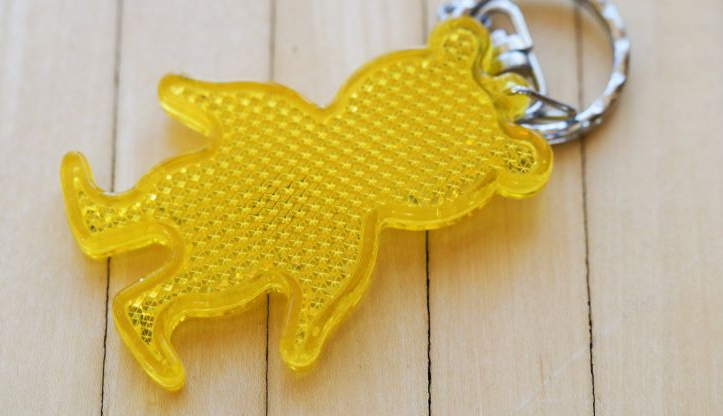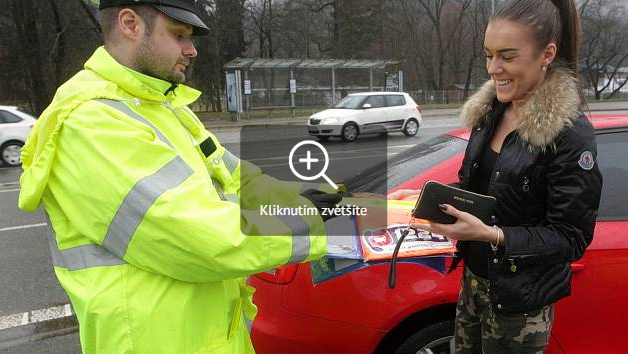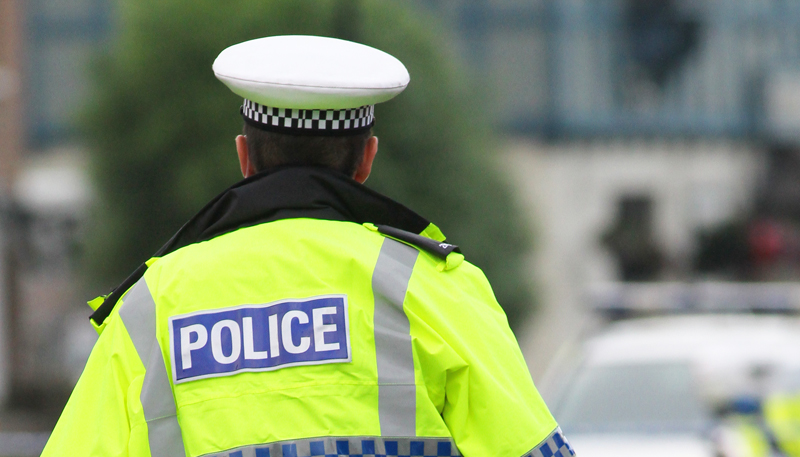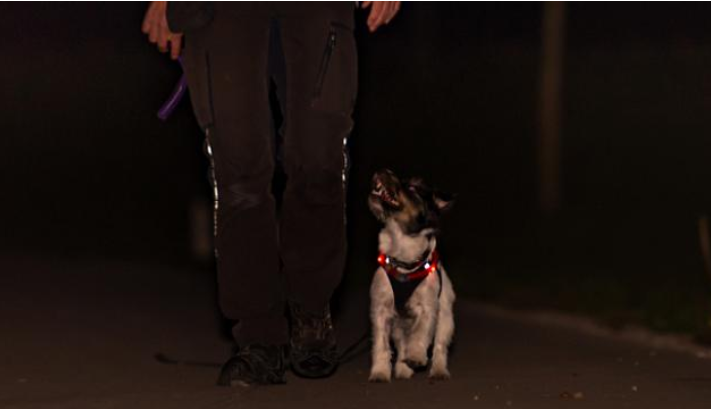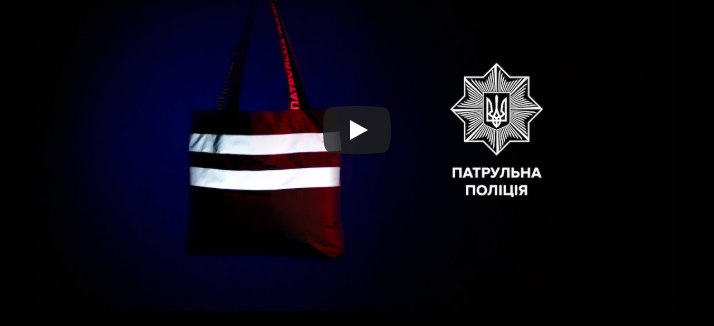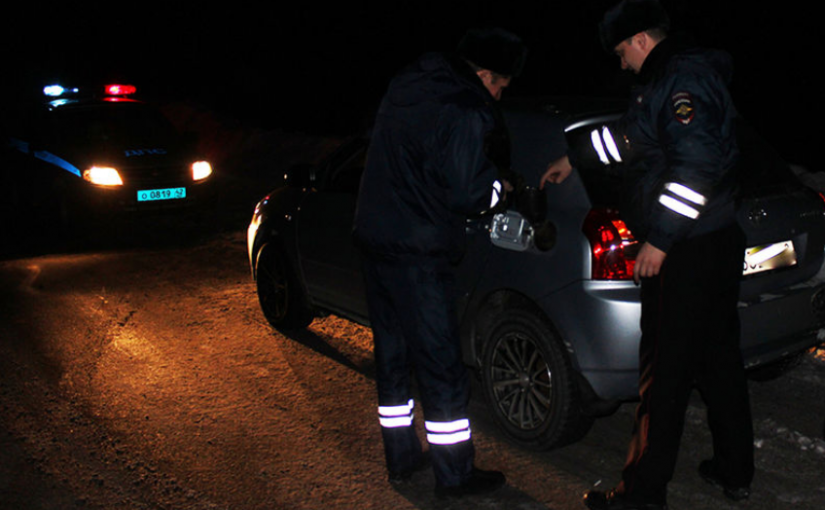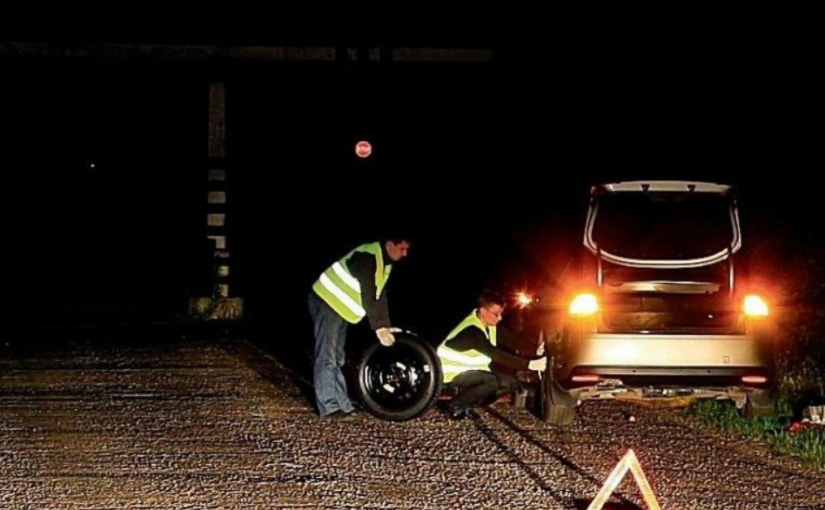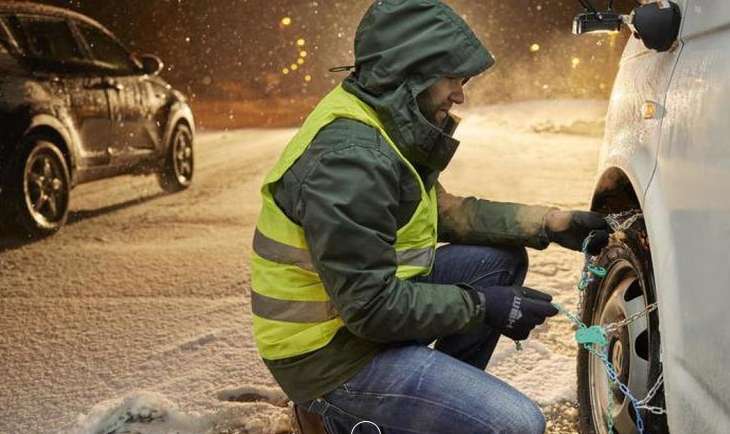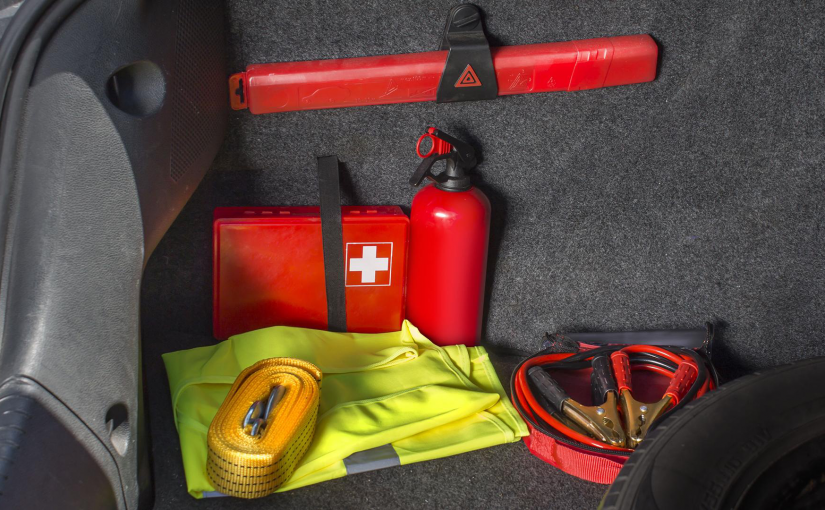It is extremely important to stay safe on both roads and streets as it gets darker and brighter every day. A recent photo released by the Lithuanian police perfectly illustrated that even during daylight hours, a pedestrian without a reflector or other light-reflecting device can be difficult for drivers to notice. We encourage all road users to be visible, wear reflectors and share some tips.
How to choose the right reflector and light-reflecting vest?
The reflector must be made of a suitable light-reflecting fabric. There are a variety of alternatives on the market, such as bright ribbons, pendants or similar accessories, as well as low-quality reflectors that hardly reflect light, so make sure your chosen item is a reflector and reflects light properly: in the dark, aim the flashlight at the light and watch as it reflects light. The reflector must also not be less than 15 cm² and the inscriptions on it must not exceed 20%. the total area of the reflector. It is much safer and more reliable if the advertisement is under reflective film. Also, it is known that bright yellow reflectors are better visible in the presence of fog. Another quality indicator is the special code LST EN13356 on the reflector or label, which means compliance with LST EN 13356: 2002 “Accessories for non-workwear to improve visibility. Test Methods and Requirements”.
A reflective vest is an even more effective way to prevent possible accidents, especially during the dark hours of the day. Before purchasing a vest, make sure that it meets the applicable requirements: the vest must not only be bright (yellow, orange, etc.) but must also have at least two or more horizontal light-reflecting elements at the waist.
Where to mount a reflector?
Since the reflector itself does not illuminate but only reflects light, it should be mounted at the height of the vehicle headlamps, approximately at the level of the adult road. The strip reflector should be mounted on the sleeve of the garment, just above the wrist of the hand or on the right side of the calf. The road traffic regulations stipulate that the roadside must go in the direction of travel of the car, so the reflector attached to the handles of the backpack or handbag does not even reach the light of the car headlights. In this case, it is recommended to strap the reflector and allow it to swing at approximately the height of the human knees.
What do cyclists need to know?
The bicycle must be fitted with reflectors: there must be a red light reflector or lamp at the rear of the bicycle and orange light reflectors attached to the wheel spokes on both sides. When riding on the carriageway, the cyclist must wear a brightly colored vest with reflective elements or have a lit white light at the front of the bicycle and a red light at the rear. When driving on the road in the dark or poor visibility, both a brightly colored vest and lights at the front and rear of the bike are mandatory.
